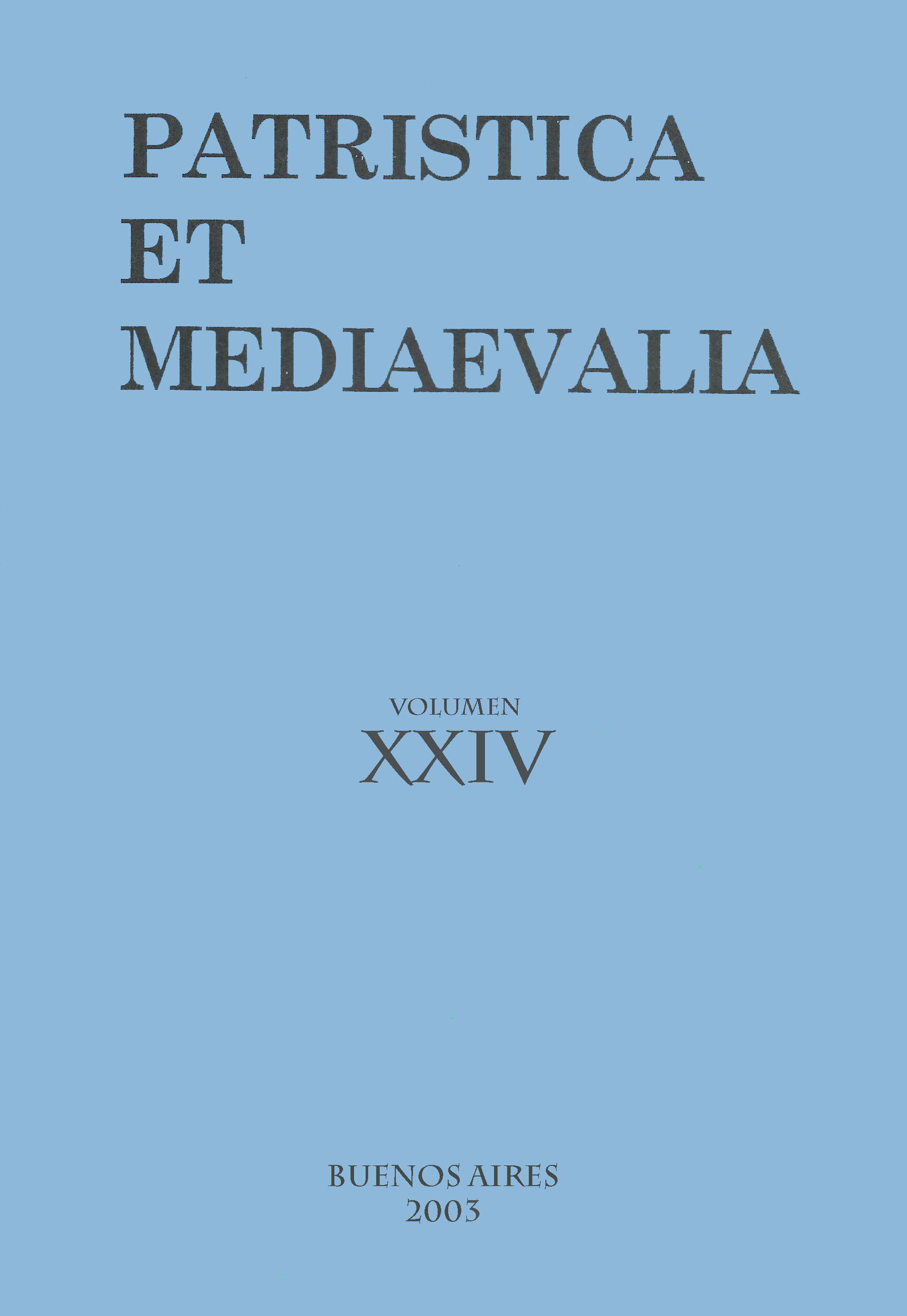Nature and Its Finality in the Discussion About the Vacuum from the 13th to the 17th Centuries.
Abstract
Departing from Pierre Duhem’s study, the article shows that an important number of Medieval, Renaissance and Early Modern authors have postulated the same teleological principle in supporting the deny of the existence of the vacuum. That principle holds that the particular and specific nature have to be subdued to the common and universal nature in order to conserve the good of nature. As a result, although it is observed a conceptual continuity which assumes a teleological structure, variations arise, when the attention is drawing to the context and the time.Downloads
References
Barker, P. & Arriew, R. (eds.) (1991). Revolution and Continuity, Essays in the History and Philosophy of Early Modern Science. Washington: The Catholic University of America Press.
Baur, L. (1912). Die philosophischen Werke des Robert Grosseteste, Bischofs von Lincoln. Beiträge zur Geschichte der Philosophie des Mittelalters, vol. 9. Münster: Aschendorff.
Burtt, E. (1954). The Metaphysical Foundations of Modern Science, revised edition. Garden City, New York: Doubleday (1ra ed rev 1952).
Crombie, A. C. (1953). Robert Grosseteste and the Origins of Experimental Science 1100-1700. Oxford: Oxford University Press.
De Carvalho, M. S. (1999). Medieval Influences in the Coimbra Commentaries (An Inquiry into the Foundations of Jesuit Education). Patristica et Mediaevalia, 20, 19-37.
Des Chene, D. (1996). Physiologia, Natural Philosophy in Late Aristotelian and Cartesian Thought. Ithaca/London: Cornell University Press.
De Waard, C. (1936). L’expérience barométrique, Ses antécédents et ses explications. Thouars: Ramon.
Duhem, P. (1913-1959). Le Système du Monde, 10 vols. Paris: Hermann.
Eastwood, B. (1984). On the Continuity of Western Science from the Middle Ages: A. C. Crombie’s Augustine to Galileo. Isis, 83, 84-99.
Gilson, É. (1930). Études sur le rôle de la pensée médiévale dans la formation du système cartésien. Paris: Vrin.
Gotthelf, A. & Lennox, J. (1987). Philosophical Issues in Aristotle’s Biology. Cambridge: Cambridge University Press.
Grant, E. (1973). Medieval Explanations and Interpretations of the dictum Natura abhors a vacuum. Tradition, 29, 327-338.
Grant, E. (1981). Much Ado about Nothing, Theories of Space and Vacuum from the Middle Ages to the Scientific Revolution. Cambridge: Cambridge University Press.
Grant, E. (1998). The Foundations of Modern Science in the Middle Ages, their Religious, Institutional, and Intellectual Contexts. Cambridge: Cambridge University Press.
Jammer, M. (1970). Conceptos de espacio, prólogo de A. Einstein. Grijalbo: México (1ra edición: 1954, Cambridge (Mass.): Harvard University Press).
Leijenhorst, C. (1996). Hobbes and the Aristotelians. Utrecht: The Leiden-Utrecht Research Institute.
Lindberg, D. & Westman, R. (eds.). Reappraisals of the Scientific Revolution. Cambridge: Cambridge University Press.
Lovejoy, A. (1964). The Great Chain of Being. Cambridge (Mass.)/London: Harvard University Press (1ra edición: 1936).
Maier, A. (1966). Die Vorläufer Galileis im 14. Jahrhundert, Studien zur Naturphilosophie der Spätscholastik. Roma: Edizioni de Soria e Letteratura.
O’Brien, D. (1981-1984). Theories of Weight in the Ancient World, 2 vols. Paris: Les belles Lettres/ Leiden: Brill.
Rossi, P. (1990). Las arañas y las hormonas, Una apología de la historia de la ciencia, trad. J. Bignozzi. Barcelona: Crítica (1ra edición: Bolonia, 1986).
Schmitt, Ch. (1967). Experimental for and against the Void: the sixteenth-century Arguments. Isis, 58(3), 352-366.
Schmitt, Ch. (1986). Aristotle and the Renaissance. Cambridge (Mass.): Harvard University Press.
Shapin, S. & Schaffer, S. (1984). Leviathan and the Air Pump. Chicago/London: The University of Chicago Press.
Wallace, W. (1984). Galileo and his Sources: The Heritage of the Collegio Romano in Galileo’s Science. Princeton (NJ): Princeton University Press.
1. The authors who publish in this magazine accept the following conditions:
-
They retain the copyright and grant to the magazine the right of the first publication, with the work registered under the Attribution-ShareAlike 4.0 International License that allows third parties to use what is published as long as they mention the authorship of the work and the first publication in this magazine.
-
They can make other independent and additional contractual agreements for the non-exclusive distribution of the version of the article published in this magazine (eg. include it in an institutional repository or publish it in a book) provided that they clearly indicate that the work was first published in this journal.
-
They are allowed and recommended to publish their work on the Internet (for example on institutional or personal pages).
2. AutoArchive Conditions. Authors are allowed and encouraged to distribute post-print electronic versions of their manuscripts because it promotes their circulation, a possible increase of quotation and a major reach among the Academic community. Color RoMEO: blue.













